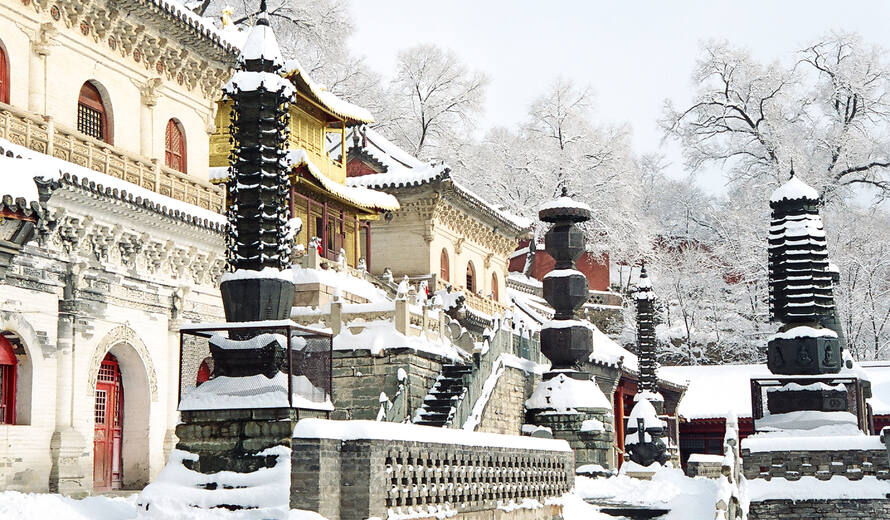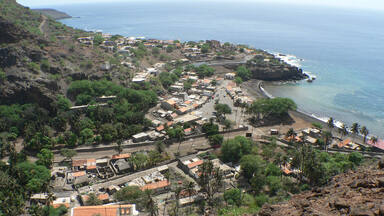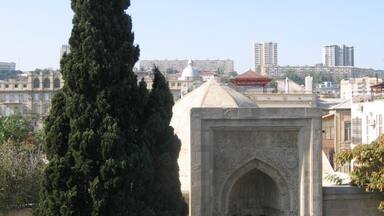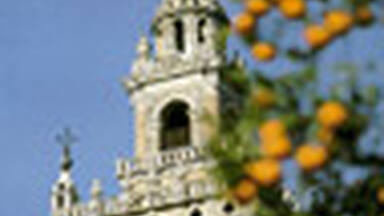China’s sacred Buddhist Mount Wutai inscribed on UNESCO’s World Heritage List
The World Heritage Committee, chaired by María Jesús San Segundo, the Ambassador and Permanent Delegate of Spain to UNESCO, has inscribed China's Mount Wutai on UNESCO's World Heritage List as a cultural landscape.
With its five flat peaks, Mount Wutai is a sacred Buddhist mountain. The cultural landscape numbers 53 monasteries and includes the East Main Hall of Foguang Temple, the highest surviving timber Building of the Tang Dynasty with life size clay sculptures. It also features the Ming Dynasty Shuxiang Temple with a huge complex of 500 statues representing Buddhist stories woven into three dimensional pictures of mountains and water.
Overall, the buildings on the site present a catalogue of the way Buddhist architecture developed and influenced palace building in China over more than one millennium. Mount Wutai, literally, the five terrace mountain, is the highest mountain in northern China and is remarkable for its morphology characterized by precipitous sides with five open treeless peaks. Temples have been built on the site since the 1st century AD to the early 20th century.










